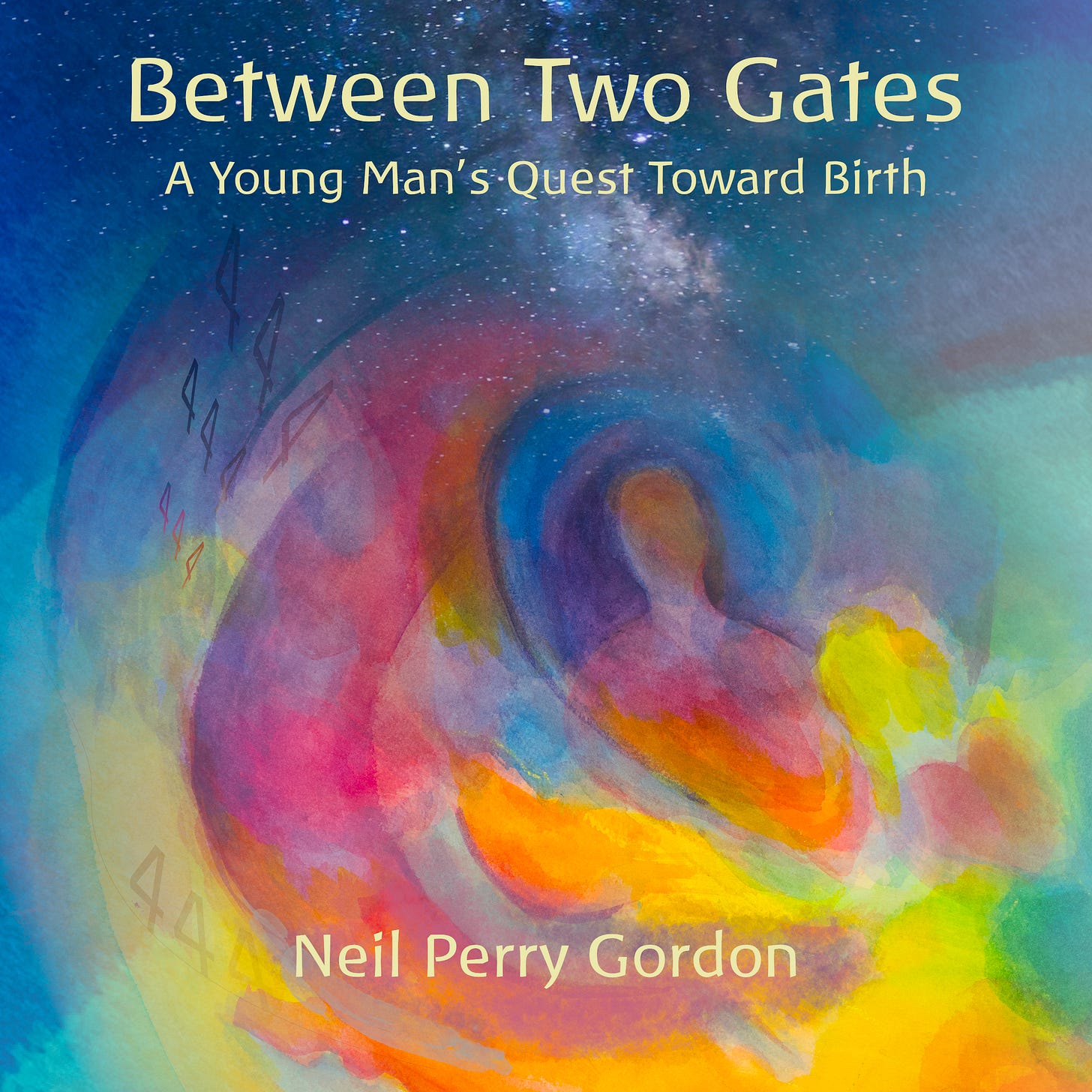Synesthesia is not just a term from a psychology textbook—it’s a fascinating and unique part of life for many people. It's a neurological phenomenon where sensory pathways crisscross, leading to experiences like seeing music as bursts of color or tasting words as distinct flavors. While it’s a condition one is typically born with, the curiosity about whether it can be learned or mimicked through training persists.
Consider the case of the celebrated Russian painter Wassily Kandinsky. He wasn't just creating abstract art but translating music onto the canvas. Kandinsky perceived colors as sounds and sounds as colors—a condition known as chromesthesia. This synesthetic perception profoundly shaped his work, creating pieces that visually mirrored a symphony.
Then there’s Pharrell Williams, the Grammy-winning music producer and artist, who sees colors when he hears music. This condition has given him a unique edge in the music industry, allowing him to 'see' the music he creates and understand it on a deeper level.
Real-life examples extend to author Vladimir Nabokov, who described his synesthesia in his autobiography, "Speak, Memory," recounting how each letter would appear in its distinct color. This gave a colorful texture to his perception of words and is said to have contributed to his richly descriptive writing style.
Julia, a synesthete from San Francisco, describes numbers as personalities with specific colors. Number 4 is shy and blue; 9 is a warm, motherly orange. This personification and coloring of numbers, known as ordinal linguistic personification, guide her world of calculations with a narrative unlike any other.
Can one learn to perceive the world as Kandinsky, Williams, Nabokov, or Julia do naturally? The simple answer is no, not in the same way. Synesthesia is not a skill that can be acquired; it's a unique lens through which the world is viewed, a lens one is born with. However, individuals can cultivate a heightened awareness of their senses through practice and potentially develop a form of 'acquired synesthesia.'
Some try to achieve this heightened state through consistent association, like perfumers who may associate scents with colors to keep track of complex smells or sommeliers who experience taste spatially, imagining the layout of flavors within a space as they savor a glass of wine.
While such practices may not truly recreate the synesthetic experience, they open us to a more prosperous sensory world. The stories of synesthetes like Kandinsky, Williams, and others inspire us to appreciate the diversity of human perception. They remind us that our reality is not one-size-fits-all and that the senses can be a playground for imagination and creativity. Whether or not we can train to become synesthetes, we can certainly strive to live with a synesthete’s appreciation for the interconnected beauty of our sensory experiences.








